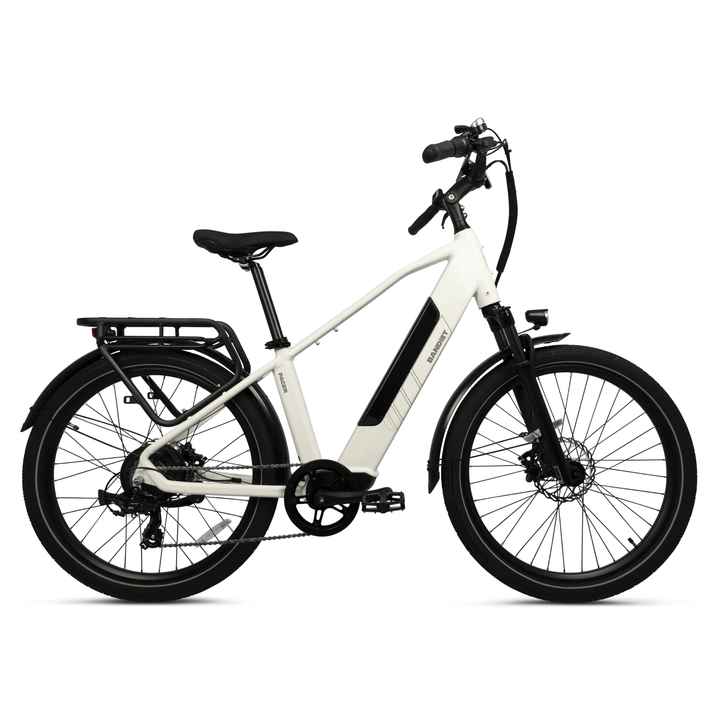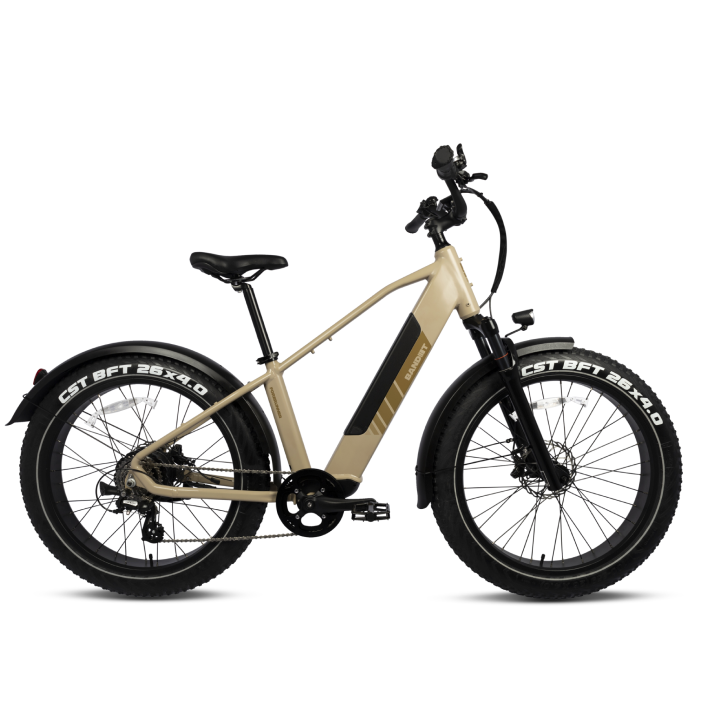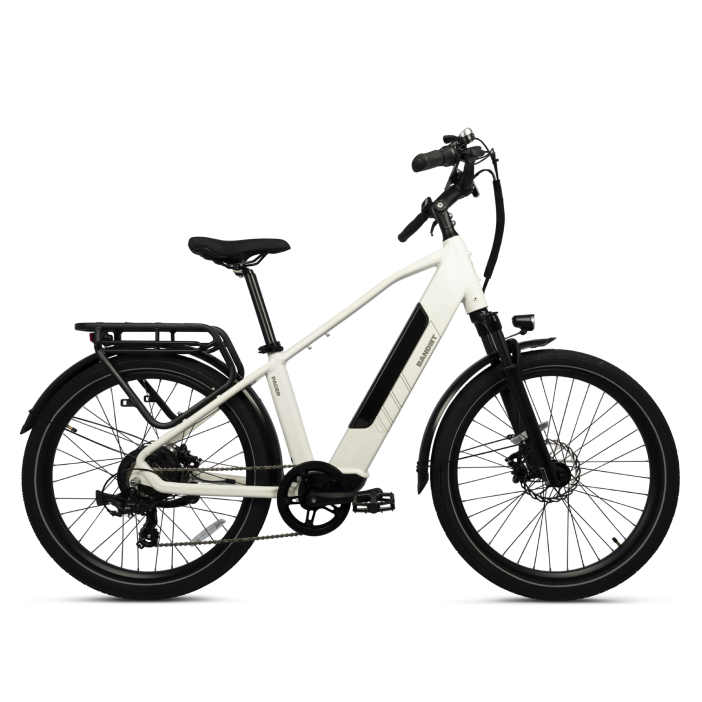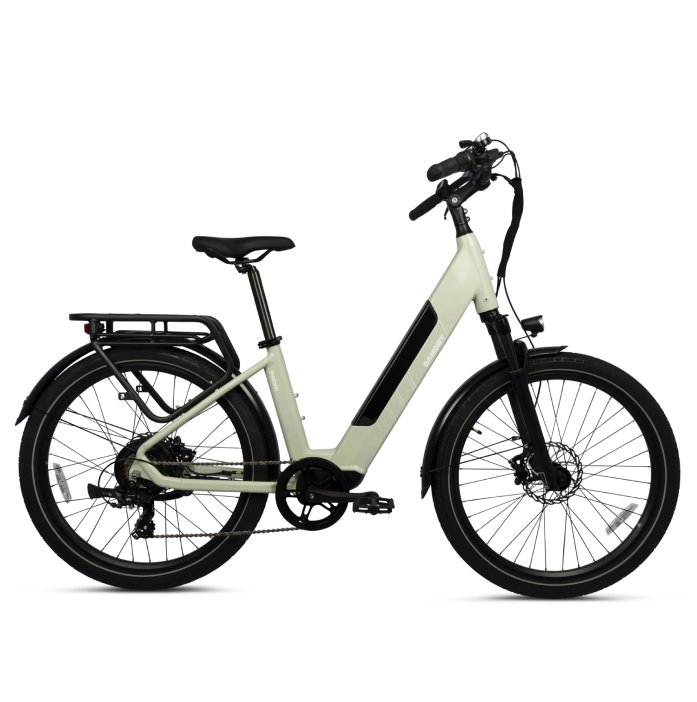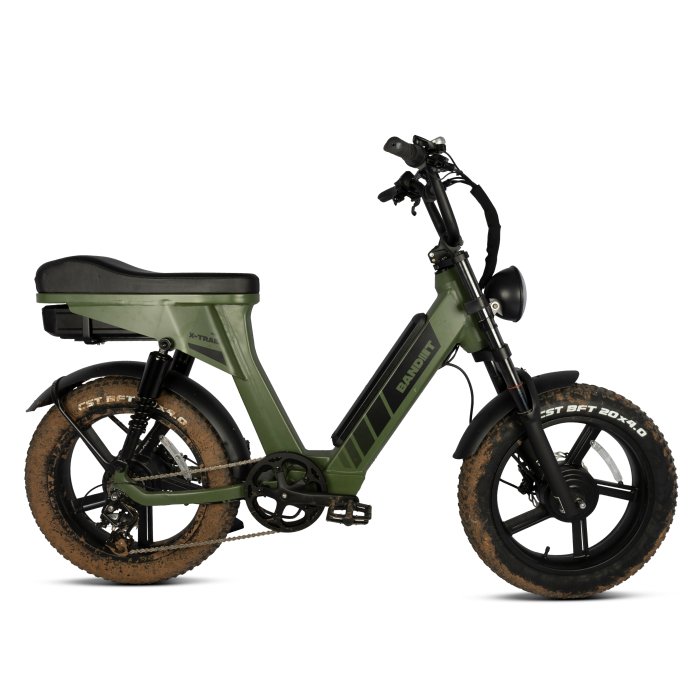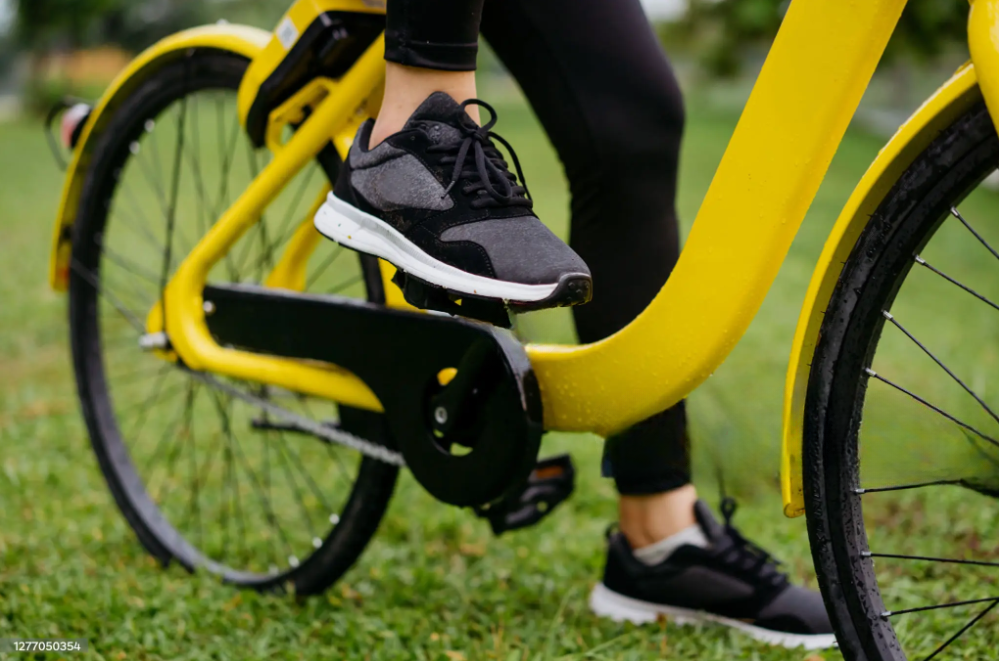E-bikes are revolutionizing the way we think about cycling, blending the best of traditional biking with modern technology. One of the standout features that make e-bikes so appealing is the pedal-assist system. If you're curious about how this feature works and how it can enhance your riding experience, you've come to the right place. Let's dive into the mechanics and benefits of pedal-assist on e-bikes.
What is Pedal-Assist?
Pedal-assist, also known as pedelec (pedal electric cycle), is a mode that provides power from the e-bike’s motor to help you pedal. Unlike throttle-controlled e-bikes, which can propel the bike forward without any pedaling effort from the rider, pedal-assist requires you to pedal to activate the motor. This system enhances your pedaling power, making it easier to tackle hills, headwinds, and long distances.
How Does Pedal-Assist Work?
The pedal-assist system operates through a combination of sensors and a motor. Here's a breakdown of the key components:
- Cadence Sensor: This sensor detects if you are pedaling and at what speed. It’s typically located near the crankset.
- Torque Sensor: More advanced e-bikes feature a torque sensor, which measures the force you apply to the pedals. This sensor allows the motor to provide power proportional to your pedaling effort.
- Speed Sensor: This sensor monitors the bike’s speed to regulate the motor's assistance level.
- Control Unit: The brain of the e-bike, the control unit processes data from the sensors and adjusts the motor’s output accordingly.
When you start pedaling, the sensors relay this information to the control unit, which then activates the motor to assist your pedaling. The level of assistance can usually be adjusted via a handlebar-mounted display, allowing you to choose how much help you want from the motor.
Benefits of Pedal-Assist
- Enhanced Riding Experience: Pedal-assist provides a smoother and more natural riding experience compared to throttle-only systems. It feels like you have supercharged legs!
- Extended Range: By combining your pedaling power with motor assistance, you can cover longer distances without exhausting yourself.
- Effortless Climbing: Hills and inclines become much easier to conquer, making routes that were once daunting now enjoyable.
- Customizable Effort: With adjustable levels of assistance, you can decide how much or how little help you need, making it perfect for both leisure rides and intense workouts.
- Health Benefits: Pedal-assist encourages more pedaling, which means you still get a good workout. It’s an excellent way to stay active without overexerting yourself.
Choosing the Right Pedal-Assist E-Bike
When selecting an e-bike, consider the following factors to find the one that best suits your needs:
- Type of Sensors: Decide whether you want a basic cadence sensor or a more responsive torque sensor.
- Assistance Levels: Check how many levels of pedal-assist are available and how they can be adjusted.
- Motor Power: Look at the motor’s wattage to ensure it provides adequate assistance for your riding style.
- Battery Life: Ensure the battery capacity is sufficient for your typical riding distance and terrain.
- Comfort and Fit: Make sure the bike’s frame and components match your body and riding preferences.
Final Thoughts
Pedal-assist is a game-changer for cyclists of all levels, offering a blend of traditional biking and electric power. Whether you're commuting to work, exploring new trails, or just enjoying a leisurely ride, the pedal-assist feature can make your journey more enjoyable and less strenuous. Embrace the future of cycling with an e-bike and experience the joy of pedal-assist!
Ready to see what pedal-assist can do for you? Check out some e-bikes in action here.
